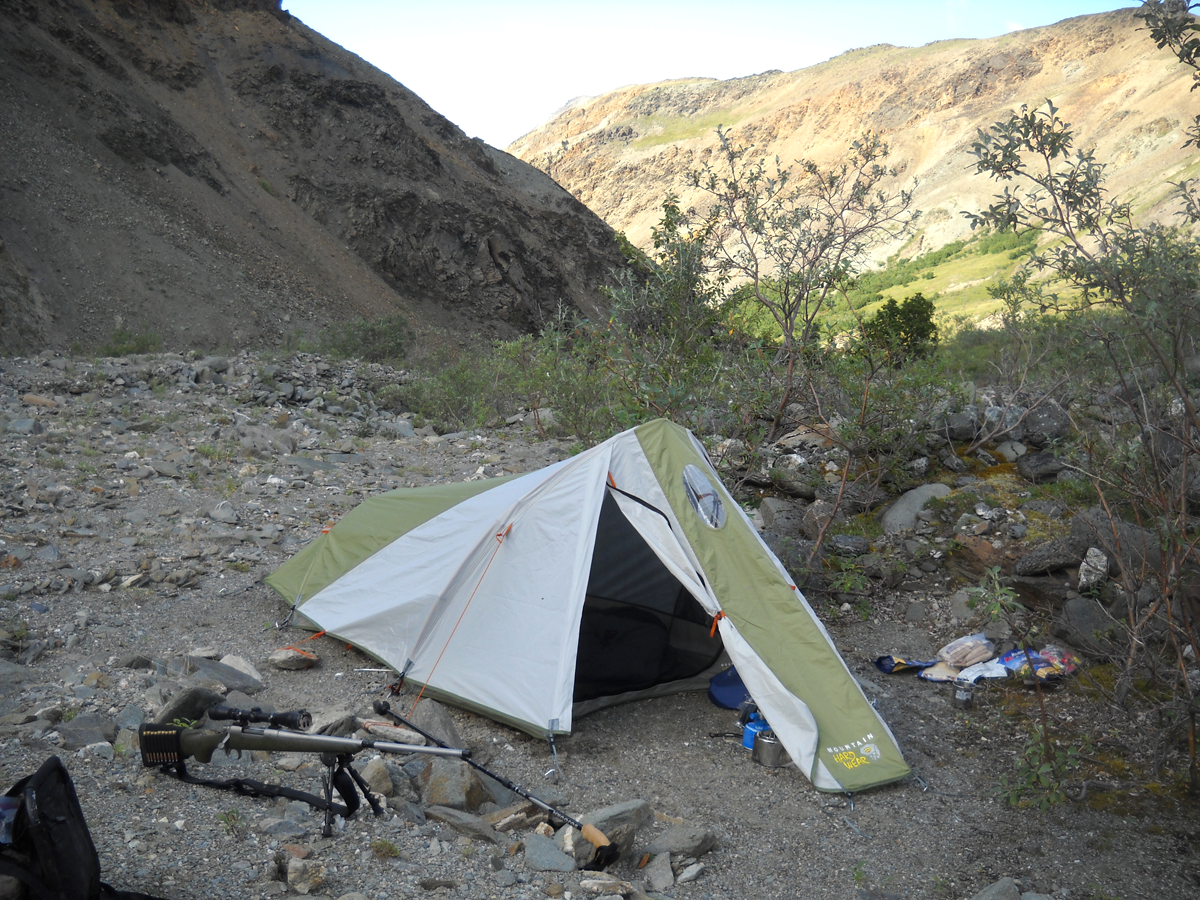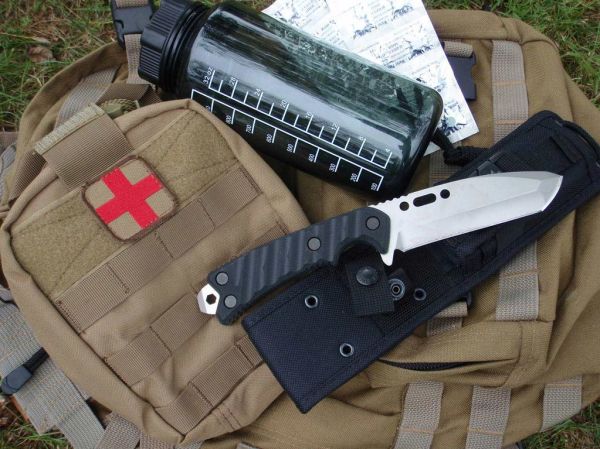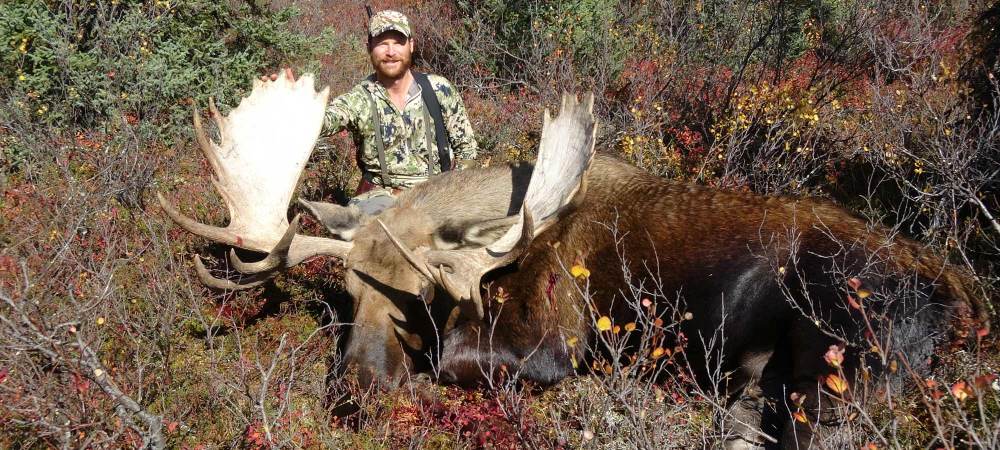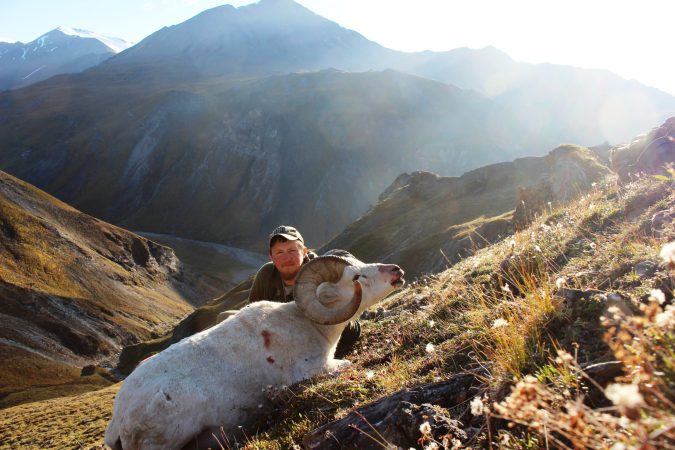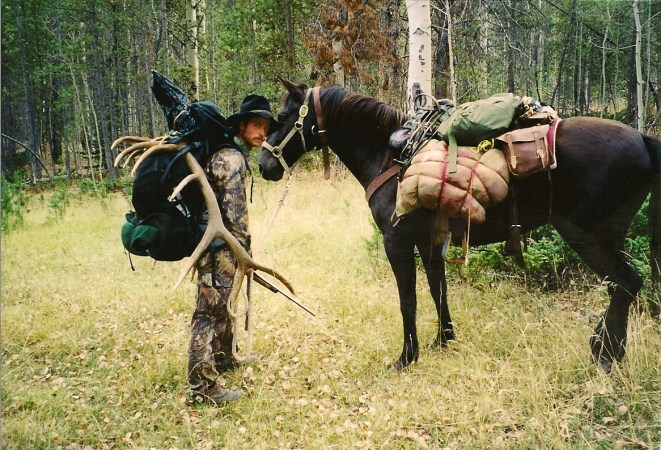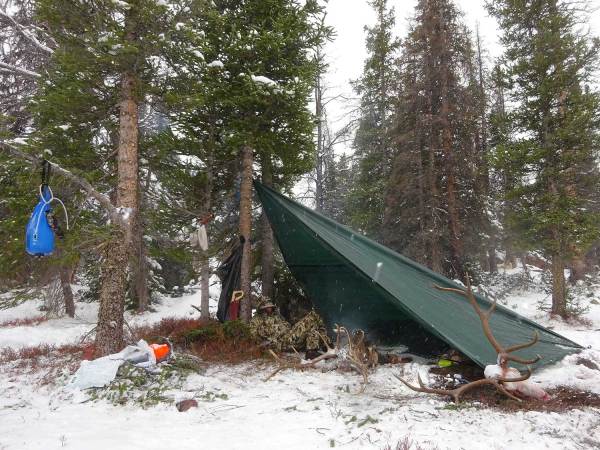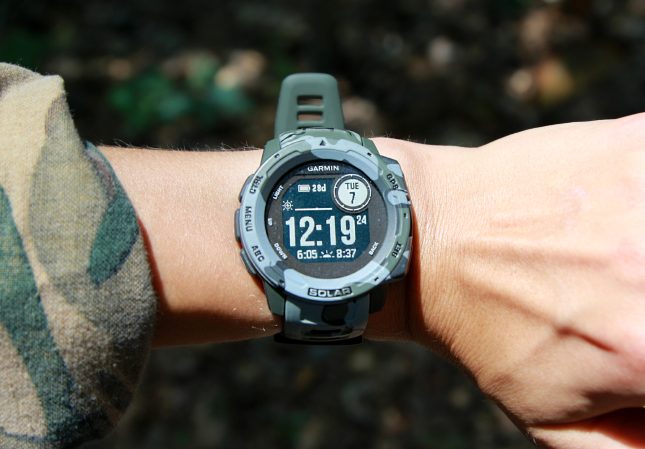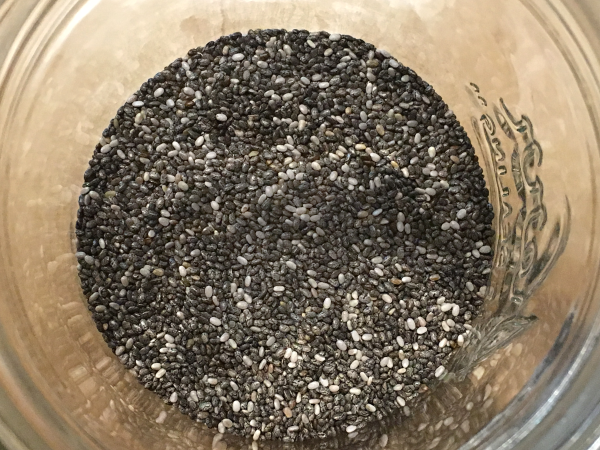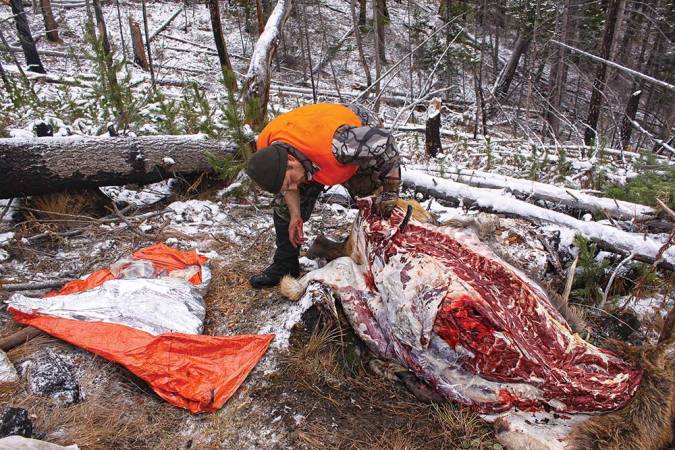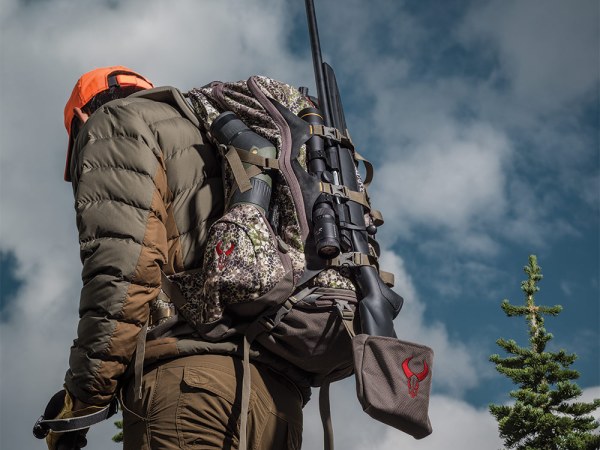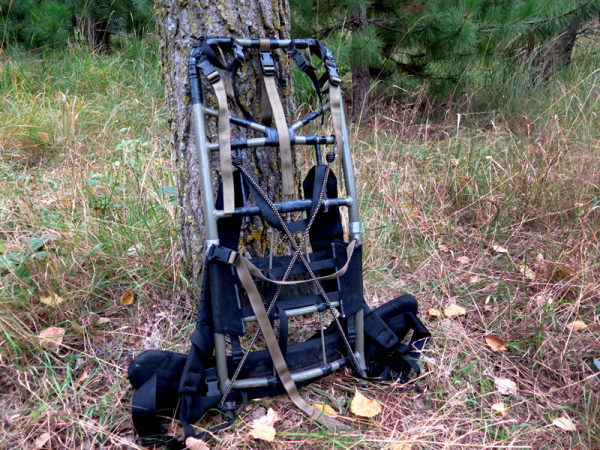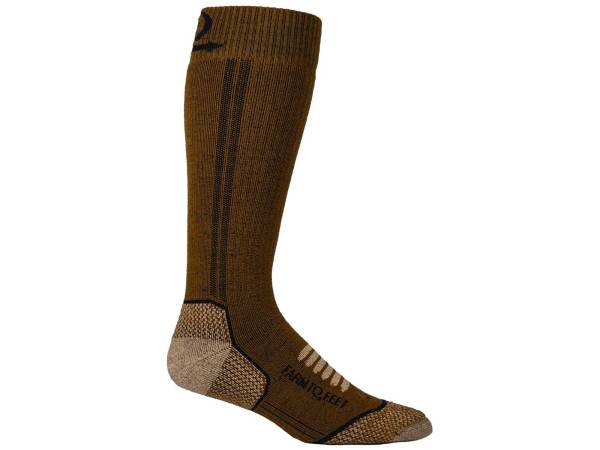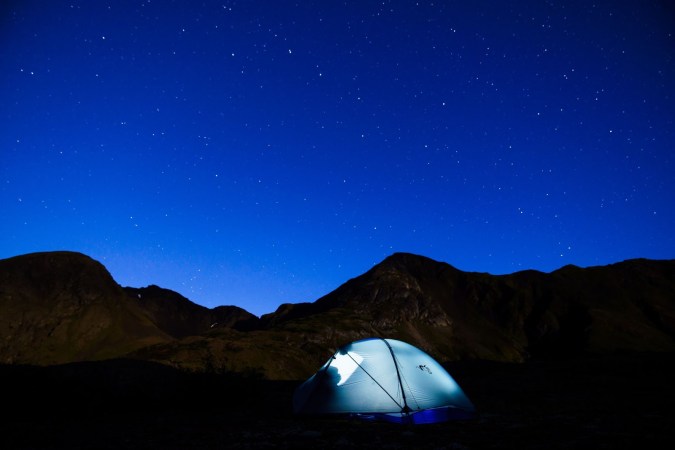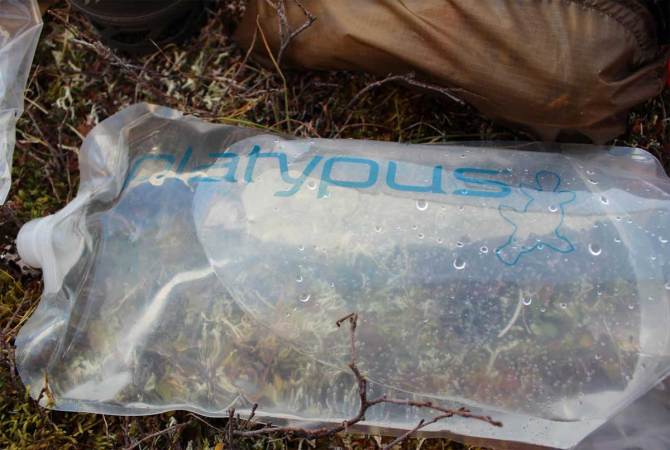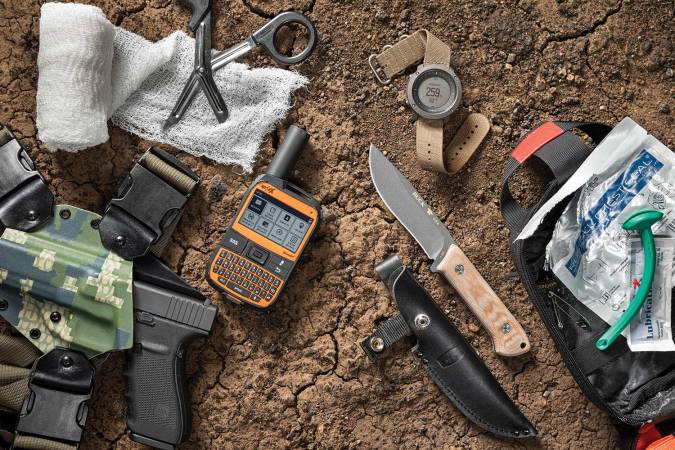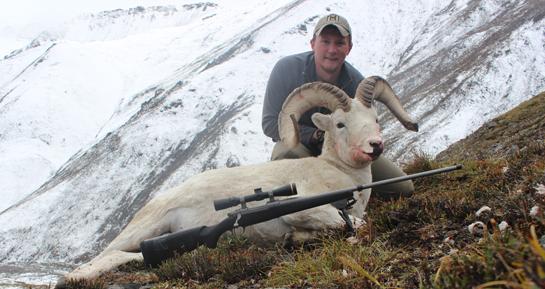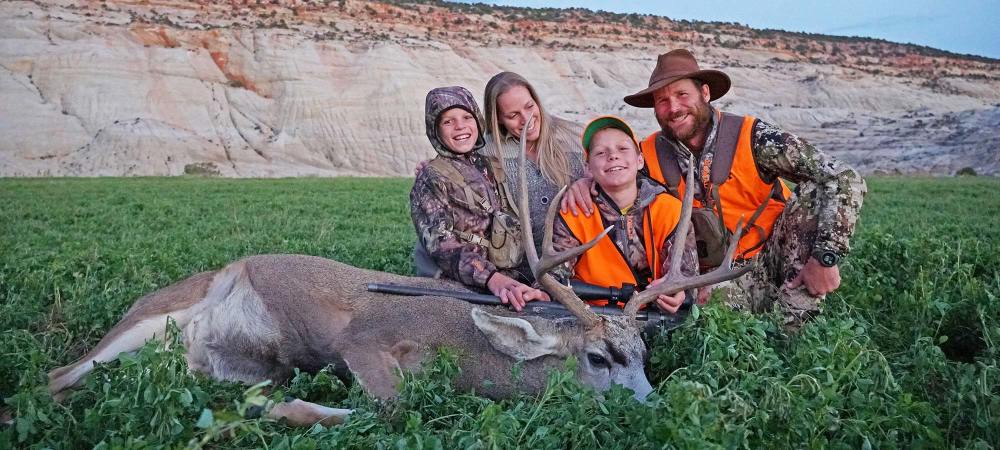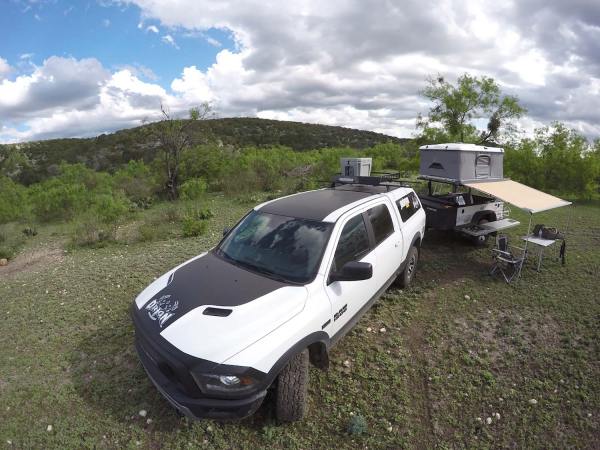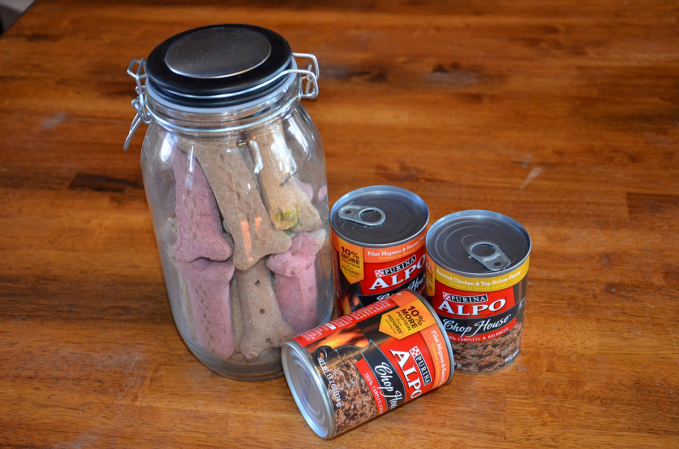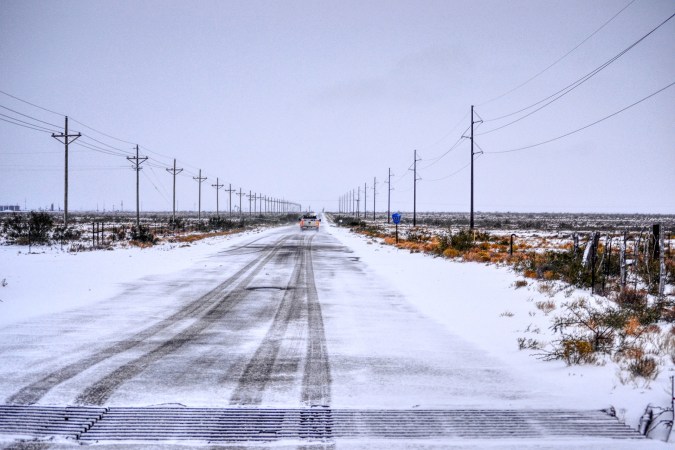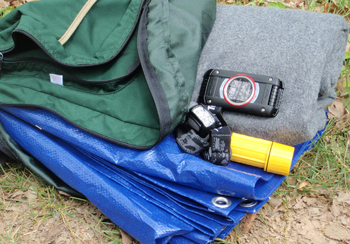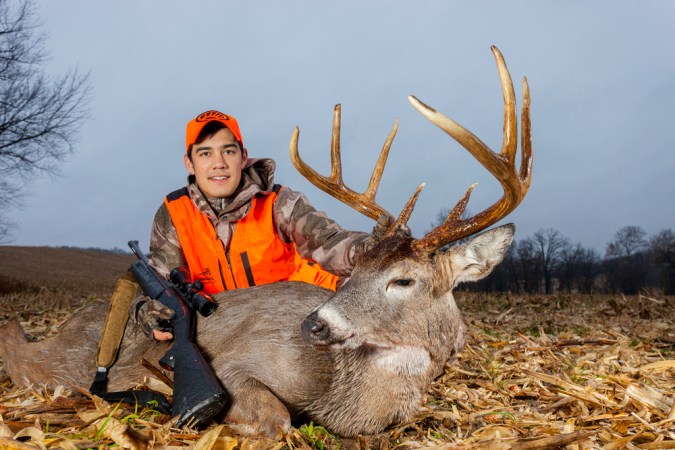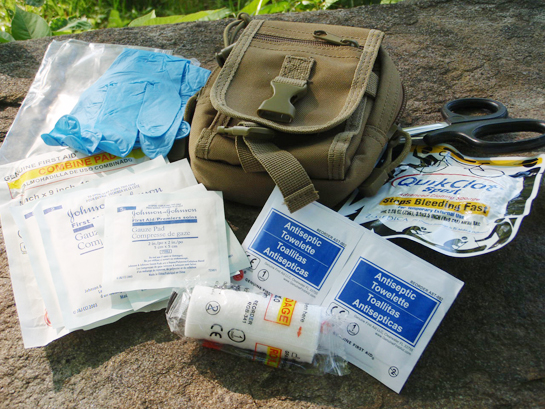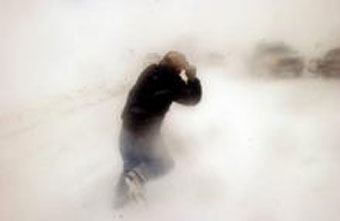We may earn revenue from the products available on this page and participate in affiliate programs. Learn More ›
It’s sheep-season eve here in Alaska, and although I won’t be heading out for a couple more weeks, it’s always a good idea to start preparing ahead of time.
It seems like every year, I have to re-learn how to pack my gear. There are little details I always forget between seasons, like how I pack each piece of gear for maximum efficiency. When I start out, I usually have my gear arranged pretty well, but by the end of a hunt, I know exactly where everything should be in my pack. I have a good general recollection of how my gear needs to sit and what I should bring, but I change a few things each year. Plus, it usually takes time and energy to get this system running smoothly again.
It’s always a good idea to make a dry run or two before you head out for the season. Some folks make the time to take several pack trips throughout the preseason—but I’m not usually one of those guys. If you have the chance though, it can help tremendously to load up your full hunting pack and go on an overnight or weekend trip. You don’t have to put a ton of miles on the boots, you should just get comfortable with your gear. It does make it more realistic—and useful—to actually be in the mountains where you can get some scouting done, but you can do this in your backyard, too, if necessary.
The point in this exercise is to acquire or regain familiarity with how you pack and use gear in your backpack. Although weight distribution is important for the load to ride comfortably when packing in and hunting, I’m primarily concerned with access to my gear in order of most to least used. For example, I usually jam my freeze dried meals in the bottom, followed by my tent, sleeping bag, stove, spare clothes, first aid, tools and miscellaneous gadgets, with my warm insulating layer on top. I usually pack my rain gear, spotting scope, and a few other items in exterior pockets for quick access since I typically need them the most. You don’t want to have to dig to the bottom of your pack every other time you stop, so figure out what your most-used items are and how best to balance their weight. Packing with these things in mind will make you much more efficient.
Everything will have its place, and you won’t be wasting precious glassing time, fumbling through your pack, trying to remember where that one thing was. Trust me, I’ve been there several times. Practice makes perfect, right? So get to it, and good luck this season!

